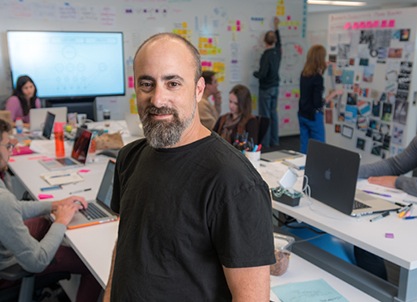Another example of the Escher Cycle has popped up in an unexpected place: personal leadership.
Suppose you have decided to change something in your business. You’ve decided to create a new product or service, open a new location, close a location, change the way that something in your business gets done, or whatever.
The first thing you do is create a plan. You use your personal insights, and the experience of any other leaders involved, to design how you want the organisation to be and how you’re going to achieve that.
Then your plan becomes a change project: you and the team work together to implement what you have planned and bring about the new way of doing things.
In the process you all have your own individual experiences of the change. You all experience it from different perspectives, depending on your roles, and you interpret those experiences in different ways.
Later you reflect on what worked, and what didn’t, and these experiences then get converted into new insights and rules of thumb. “Getting stakeholder buy-in is the most important part of the process,” “Getting stakeholder buy-in is a waste of time.” “A 15% margin for contingencies is really important” or “A 15% margin for contingencies is way too high.” And so-on.
When the time comes to design the next change project you use these insights and experiences to plan what is possible and how you will acheive it.
The repeating cycle looks like this: Continue Reading >

